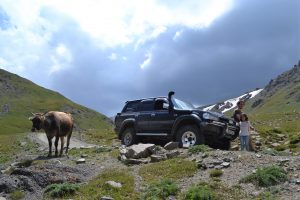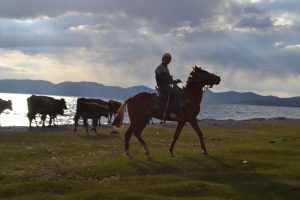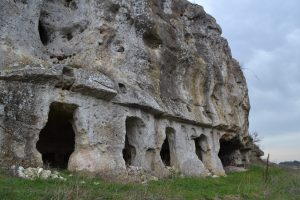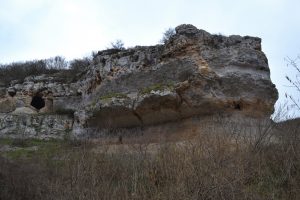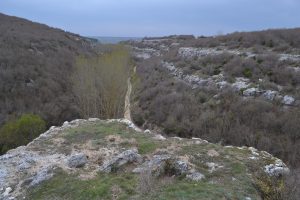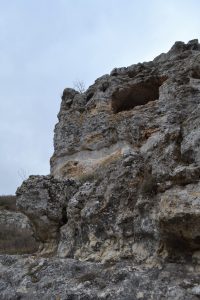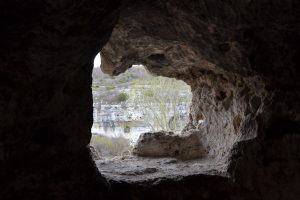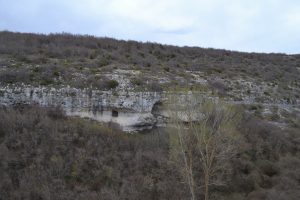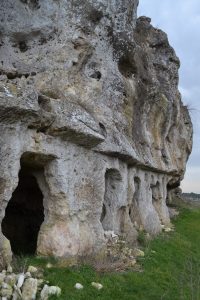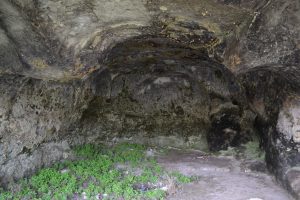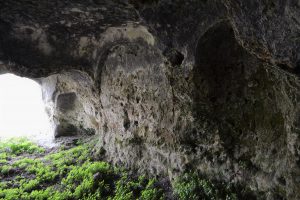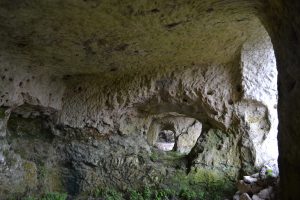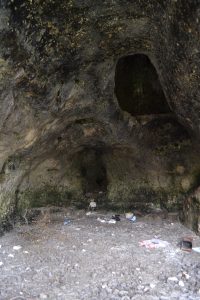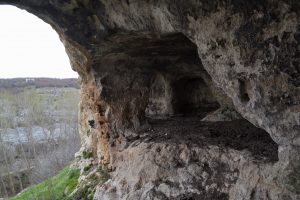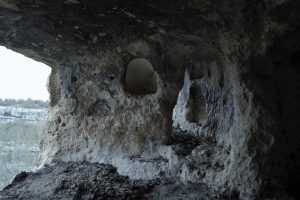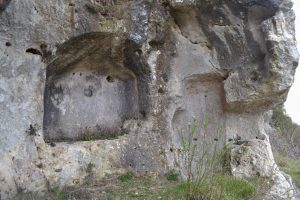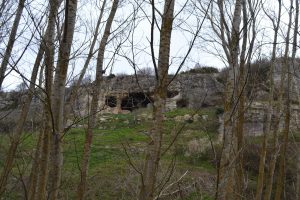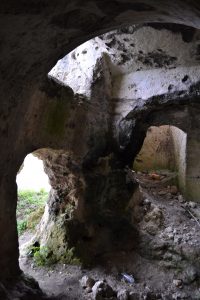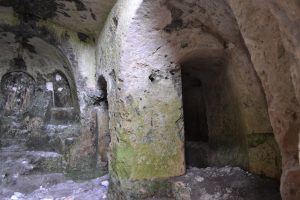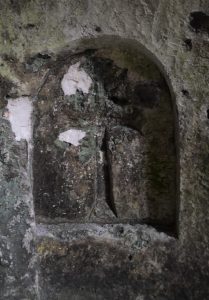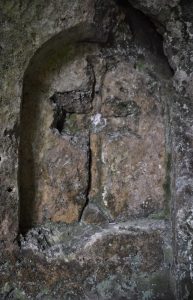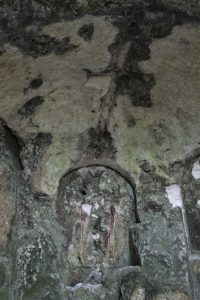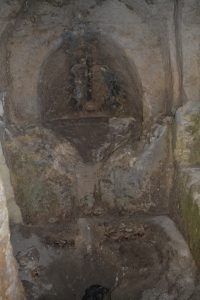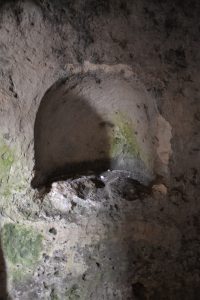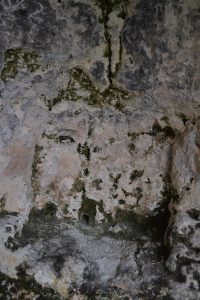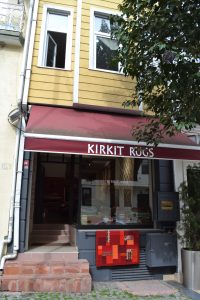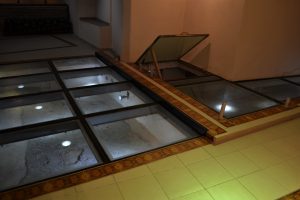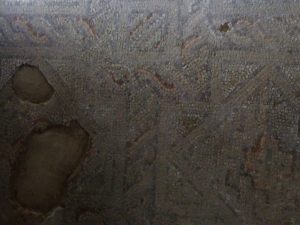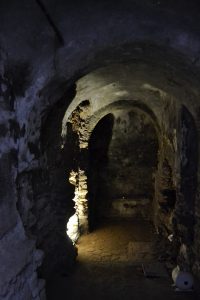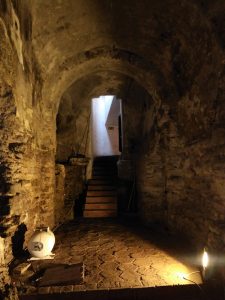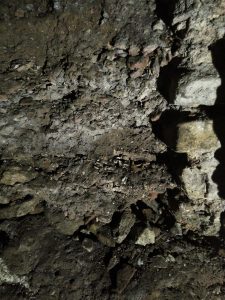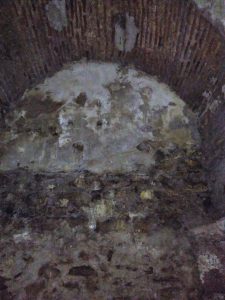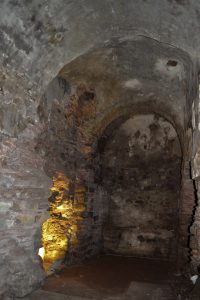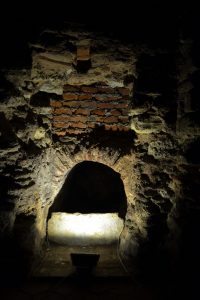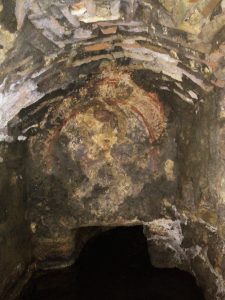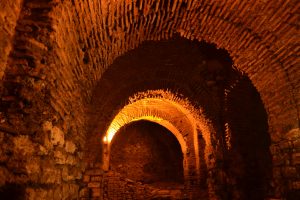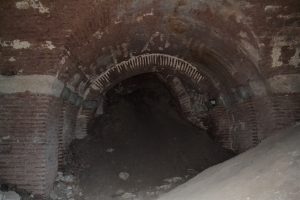When I rented a Land Cruiser in Bishkek, I was pleased to see that it was a genuine offroad monster with raised air intakes and a ground clearance I could limbo under. I loaded my 6-year-old daughter into her seat and set off towards the Tien Shan.
Two things I underestimated were how much fuel the Land Cruiser used and how attractive it was to the police. I made the big mistake of driving along the northern side of Issyk Kul at the height of tourist season and was fined three times in half an hour for undefined offences. At least the prices were negotiable. One demand went from $US1000 to 500 Kyrgyz Som, about $US7.
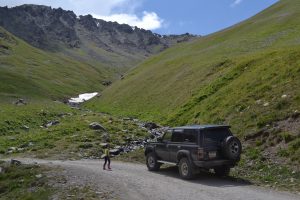
In the mountains up to Son Kul, the Cruiser showed its value. It was only there that I started paying attention to the altimeter above the interior mirror. Climbing from rocky desert to what looked like the Swiss Alps, the reading started to mount towards 3000 metres and beyond. The track kept climbing and most of the traffic consisted of horsemen and yak herds. The analogue scale on the meter finished at 4000m but the needle kept turning clockwise until it started again from sea level. There aren’t many roads higher than 3000 metres in Japan so I guess there is little point in making the altimeters with higher scales.
The Cruiser managed several deep river crossings and coped well with the boggy ground as we descended towards the lake. Still, it was nice to change to a one horsepower vehicle.

Posted November 10, 2017 Posted by Adam in Uncategorized
ÜÇŞÖöüşğİçıᵒα

Posted November 4, 2017 Posted by Adam in Uncategorized
ıçİğşüöÖŞÇÜ

Posted October 15, 2017 Posted by Adam in Uncategorized
At a point about a little more than a kilometre north of Vize, two streams merge to form a gorge by which the resulting river enters the town. On either side of the river are high limestone cliffs which, in this region, indicate a strong likelihood of rock-cut churches.
The narrow prow between the converging streams (41.589139, 27.777178) is honeycombed with tombs and a single, eroded chapel. The west bank of the gorge has some large caves. The buildings on the high ground immediately above these belong to a well-established training camp for the Jandarma. They make up an ersatz village built for practice exercises in the non-war against Kurdish forces in the eastern part of the country (Kassabova, 2107).
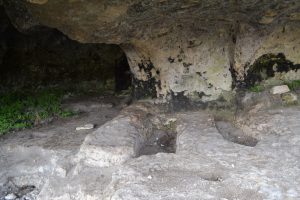
Graves outside north chapel. The ‘Kerim’ graffiti was apparently carved by a soldier with 561 days of service remaining
The eastern bank shelters the amazing Asmakaya Monastery (41.586571, 27.774664), a complex of chapels and monastic cells that once must have rivalled the Monastery of St Nicholas in Kıyıköy. An imposing façade can be seen about 20 metres above the river. In the rock behind this can be found three chapels and a variety of niches, passages and cells.
The complex stems from the 9th Century (Trakyanet, 2014) and is the result of stonemasons enlarging and reshaping natural caves in the karst landscape. The northern chapel was probably associated with funerals and has a number of graves dug into the rock outside. The northern wall of this church has some finely carved arches.
The central church is the largest, around 10m in length and with a ceiling a comfortable 5m in height. A 2m cube is carved above the sanctuary. Traces of the carved steps to this little bolthole can still be seen. From the narthex, if the space outside the nave can be dignified with such a term, monastic cells have been dug out of the western wall (Civelek, 2016). This whole length of the monastery is linked by an arcade that lies just inside the arches leading to the outside.
By far the best-preserved section of the complex is the southern chapel. This is separated from the other parts by a section of cliff that was not suitable for church-carving. The chapel has three well-defined apses. The central one boasts a roughly-carved synthronon but three delicately formed niches, all with well-preserved crosses in a clear serif form. The half-dome of the ceiling of the sanctuary has another elegant cross. The pastophoria on either side are symmetrical and formed with niches for icons and for lighting candles.
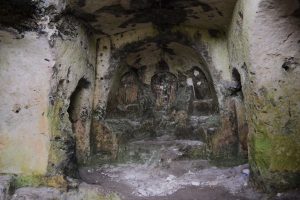
Sanctuary at eastern end of south chapel. Arches leading to pastophoria can be seen to north and south
The whole complex has been well-preserved owing to its status as a no-go military area until recently. However, the treasure hunters have been in and have left their marks already. The monastery does not have a guardian as does its counterpart in Kıyıköy and is vulnerable at the moment.
Civelek, E. (2016) Asma Kaya Mağara Manastırı Kırklareli Kültür Varlıkları Envanteri. Available online at: http://www.kirklarelienvanteri.gov.tr/sitler.php?id=143 Retrieved 14 Oct 2017
Kassabova, K. (2017) Border: A Journey to the Edge of Europe. Granta. Partially available online at: https://books.google.com.tr/books/about/Border.html?id=owskDgAAQBAJ&redir_esc=y Retrieved 14 Oct 2017
Trakyanet (2014) Vize: Tarihi Yapılar. Trakyanet. Available online at: http://www.trakyanet.com/trakya/kirklareli/vize/172-tarihi-yapilar.html Retrieved 14 Oct 2017

Posted September 16, 2017 Posted by Adam in Uncategorized
These remains are under Kirkit Rugs, one of the ever-changing roster of tourist-oriented businesses that have inhabited this building for the past few decades. The previous incarnation, Sedir Carpets, has some spectacularly bad online reviews. The current proprieter is accustomed to people coming in and wanting to look at the mosaics and vault.
As with so many underground bits between the Hippodrome and the Marmara, nobody knows what this particular building (41.004668, 28.979834) was. It is in a basement area of the great jigsaw puzzle that remains of the Grand Palace. The presence of an ayazma and the fresco of the Hodegetria provide evidence that this building once served a religious function. The site was excavated by a team from Istanbul Archaeological Museum in 1997 – 98.
One descends a flight of stairs to a travel company with an entrance from Amiral Tafdil Sokak. Here, someone will point out an iron door and let you through if it has not already been opened. Alternatively, you may see some Byzantine wall fragments if you open a door that leads you outside to the north of the building.
After some more steps down, one reaches a room where some wall fragments have been preserved and where most of the floor is covered with an illuminated glass covering. This protects an expanse of mosaic floor which may or may not be associated with the vaulted ayazma below.
From the mosaic, another flight of stairs leads down to the single vault. This structure, with blind arches at each end, was once covered with fresco, most of which is gone. This site does not seem to follow the usual rule of layers going from oldest at the bottom to more recent as ground level is approached. The recessed brick technique in the vault is similar to that used in the churches of the Pantocrator and the Church of the Panagia Krina (Chios). This is a strong clue that the vault dates from the 11th or 12th century. Oddly, the technique of the mosaic floor stems from the 5th century, when the large, palatial rooms of the Great Palace were built. The vaults beneath these appear to be 600 years younger and have a floor level about four metres lower.
It appears that before the excavation in the late 1990s, the vault was something of a midden. The picture below shows layers of sheep bones and mussel shells.
The vault was clearly once covered in fresco decoration. Now it is very hard to see any detail at all.
What distinguishes this vault from many similar structures in subterranean Cankurtaran is the ayazma (Hagiasma) or sacred fountain .
It consists of a narrow channel flowing through the foundation and finishing with a pool housed in a barrel vault only about a metre high. There is an irregularly shaped, plain slice of marble partially covering the entrance.
The real treasure is only seen by peering into the darkness past that slab of marble. Above the channel is a lunette with a painted icon of the Theotokos with Christ Child. A partially legible Greek inscription forms an arch at the top of the fresco.
The iconography seems to resist interpretation. Some see this painting as a representation of the Panagia Hodegetria (‘She who shows the way’) with the Holy Mother holding the child and pointing to him as the way forward to salvation for all of humankind. This has led some to suggest that the vault was the site of the Monastery of Hodegetria, a location that most evidence points to as being some distance to the north-east. Others interpret the picture as evidence that this was the spring of Zoodochos Pege. This seems almost certain to be in the well-known Balikli Monastery outside the Theodosian walls near Silivrikapi. A member of the team who excavated the building suggested that this vault was part of the foundation of the famous Nea Ekklesia but the brickwork seems to be from much later than that church’s building date. It seems likely that this was an undistinguished chapel built over a little spring that surfaced in someone’s basement during the Latin occupation, or perhaps soon afterwards.
To place this vault in context, it lies not 200 metres from the major foundations associated with the Grand Palace. One of them, beneath the Palatium Restaurant (41.006248, 28.980492) is labelled as Senate House, part of Magnaura Palace. The other, beneath a car park a few metres east of the Mosaic Museum (41.004061, 28.978048) needs some subterfuge to enter.
The extent of these two sites, combined with the many other vaults and cisterns beneath almost every building in the district, shows that the below ground parts of the Grand Palace were gigantic and that large swathes of the palace are still worth exploring. Our vault beneath the carpet shop may just be a tiny chapel in an enormous, continuous block of subterranean Constantinople.
Denker, A. et al. (2015) Exhibition Catalogue. Hayat Kısa, Sanat Uzun: Bizans’ta Şifa Sanatı (Life Is Short, Art Long: The Art of Healing in Byzantium) Suna ve İnan Kıraç Vakfı Pera Müzesi. Page 71.

« Previous Entries Next Entries »
